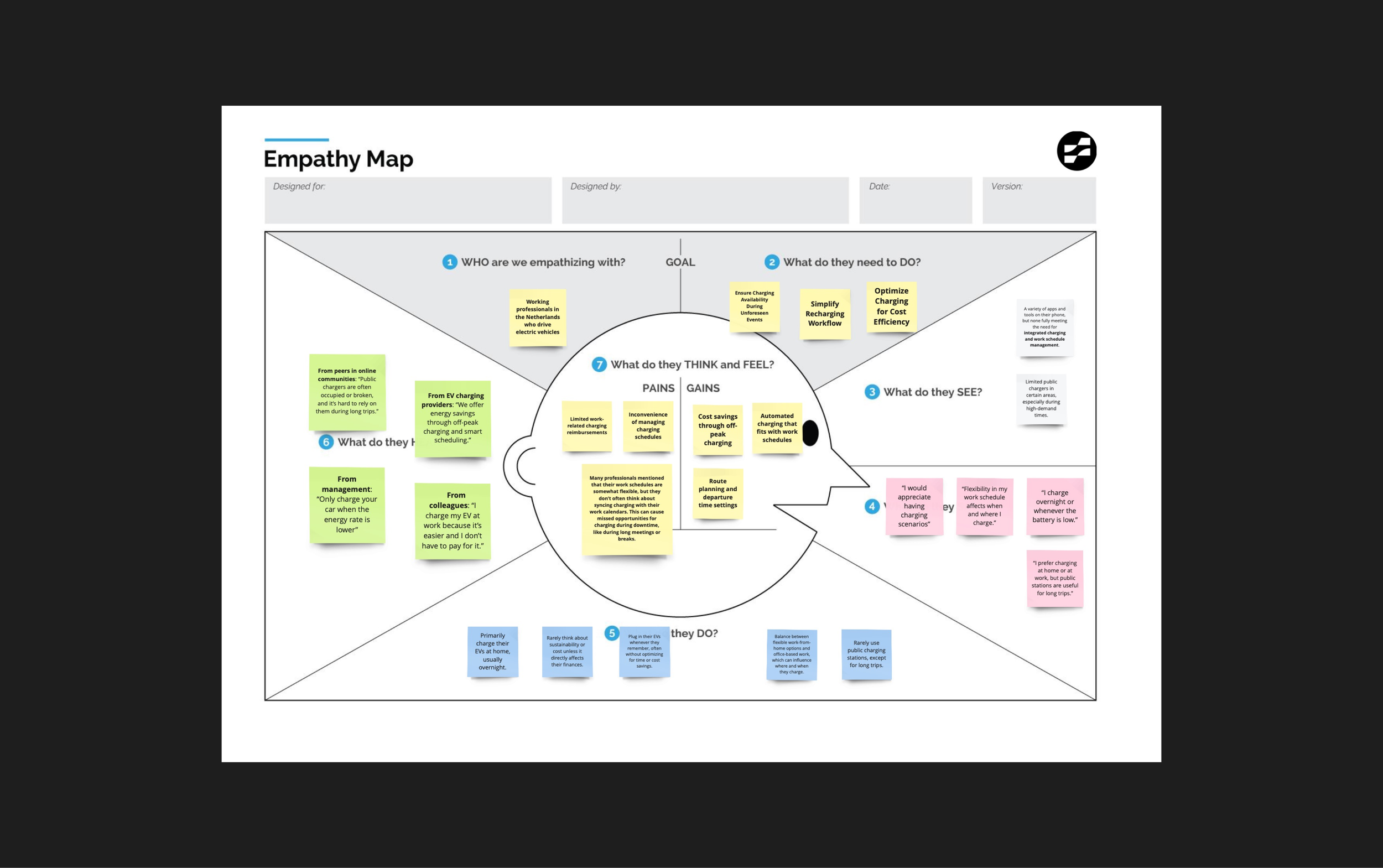Developing an App That Truly Improves People’s Lives: Here’s How to Do It
Creating an app is one thing. Developing an app that truly makes an impact and genuinely helps people is something else entirely. Yet, that’s exactly what it’s all about. In a world where thousands of apps compete for attention, only those that provide real, tangible value stand out.
Too often, we see companies diving straight into the development phase without properly considering actual needs. They have an idea and want to quickly turn it into an app. The result? Technically flawless apps that no one uses because they don’t solve any real problems.
Want to ensure your app doesn’t meet the same fate? Then you need to take some critical steps before starting development. In this article, we share our experiences and show you how to make sure your app truly makes a difference.
Don’t Start With a Solution, Start With a Problem
Many companies approach us with a ready-made solution. They’ve already figured out exactly how their app should look and what it should do. But that’s the wrong approach. You shouldn’t start with a solution—you should start with a problem.
Take our client Current, for example. They came to us with a detailed idea for an app for electric car owners. On paper, the concept sounded great: an app that automatically optimizes your charging schedule based on your Microsoft Teams and Outlook meetings. This way, you’d always arrive at your appointments on time and with enough charge.
However, when we conducted research among electric vehicle drivers, we uncovered some fundamental issues. First, not all professionals have meetings in different locations. Second, the app would take too much control out of users’ hands, despite the unpredictable nature of daily life. Think of unexpected errands or picking up kids earlier than planned.
By conducting early surveys and interviews, we could adjust the concept before significant time and money were invested. Instead of creating a complex charging planner, the app now focuses on features users truly need: smart charging modes, eco-friendly charging, and cost-saving measures. The original idea was interesting but didn’t solve a real problem. In fact, it could have created more problems than it solved.
From Idea to Impact: How to Make the Right Choices
We often see companies so enthusiastic about their app idea that they struggle to let go of it. They become fixated on their solution and close themselves off to new insights. But if you want to make a real impact, you’ll sometimes need to change course. Here’s how:
Collect Data
The key is to base decisions on data, not gut feelings. Through surveys and interviews, you can objectively determine real needs. For Current, for instance, we gathered concrete data showing that users wanted more control over their charging process rather than automation. Presenting this data to all stakeholders made it easier to let go of the original idea and pivot in a new direction.
Involve the Right Expertise From the Start
Another crucial step is involving the right expertise early on. At the start of a project, we work with a mix of disciplines: designers who shape the user experience, strategists who analyze the market, and tech leads who assess technical feasibility.
Too often, companies bring in external expertise too late. They may spend months developing a concept, only to discover it’s technically unfeasible or doesn’t align with the target audience’s needs. By involving the right experts from the outset, you not only avoid disappointments but also gain new insights that strengthen your concept.
Don’t Make the App a goal in Itself
An app should not be a goal in itself, but a tool to solve a problem or add value to people’s lives. This principle became clear during a recent collaboration with a zoo.
The temptation was to create an app packed with features: interactive maps, games, animal facts, quizzes, social media integration—everything to maximize “engagement.” But that would detract from what a zoo visit is really about: enjoying the animals and having a great day with loved ones.
Instead, we opted for a modest app that stays in the background and only comes into action when genuinely useful. For instance, it helps guide visitors to their next destination or shares interesting facts about the animals at just the right time. In this way, technology enhances the real experience rather than competing with it.
The Difference Between an App and a Meaningful App
Developing an app that truly improves people’s lives requires a different approach than many companies are used to. It starts with letting go of your own ideas and really listening to your target audience. This can be confronting—as we saw with Current—but it’s essential for your app’s success.
By involving the right expertise from the start and basing your decisions on data rather than assumptions, you avoid investing time and money in features no one wants. It’s not about what’s technically possible; it’s about what your users genuinely need.
Want to brainstorm about how your app idea can grow into a meaningful solution? Feel free to contact us. We’re happy to share our experience and think along with you.


